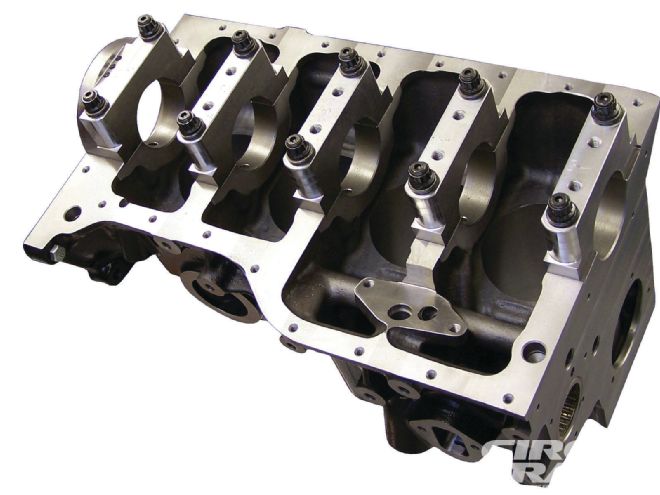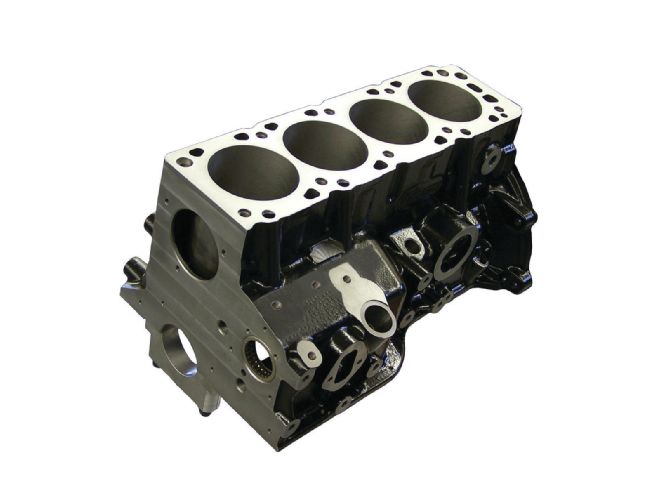
The four-cylinder racing market is continuing to expand. From Bomber Stocks to Mini-Stocks to Limited Late Models, four-cylinder racing is the hot ticket these days. So it's no surprise to see four-cylinder specialists Esslinger Engineering introduce an all-new Ford cast-iron block. The new blocks give racers the opportunity to source a completely new foundation for their race motors without having to comb junkyards for an old 2.3, and that's important because as component makers deliver better quality internals you need a high-quality block to take advantage of all they have to offer.

Esslinger's new blocks come in two different versions, a standard deck height version (PN M-6010-E2300), which shares all sizes and parameters with any stock cast iron block from the mid '70s into the late '90s and a tall version (PN M-6010-E2300T) which has a 9-inch deck height, allowing you to build engines up to 3,100 cc's.
Dan Esslinger worked for the better part of a year to design, test, and pour these blocks right here in the good old USA. In designing the blocks, he met several key goals. First, make the blocks stronger. The metallurgy contained in these new blocks supersedes all stock blocks and even most of Ford's industrial four-cylinder blocks, plus every new block is fitted with billet main caps and ARP main studs. A siamese bore design was also used, which equates to thicker cylinder walls giving unparalleled strength. No more cylinder wall flex. Translation? More horsepower. The thicker deck yields better head gasket stability.
The second goal was to make the blocks more efficient. This was achieved by running a needle bearing in the intermediate shaft area. In turn, more oil reaches the front main and the front rod, alleviating bearing failure and oiling issues that have plagued the stock cast blocks.
Lastly, the goal was to do something different. How about the ability to go 160 over stock bore? This has opened up countless stroke, bore, and rod combinations never used before. Imagine the possibilities and options in attaining stock displacement all the way up to the 3,100cc size!
So, whether you're using a stock bore, an 0.060 over bore, or something more exotic this is the block years in the making with circle track in mind.